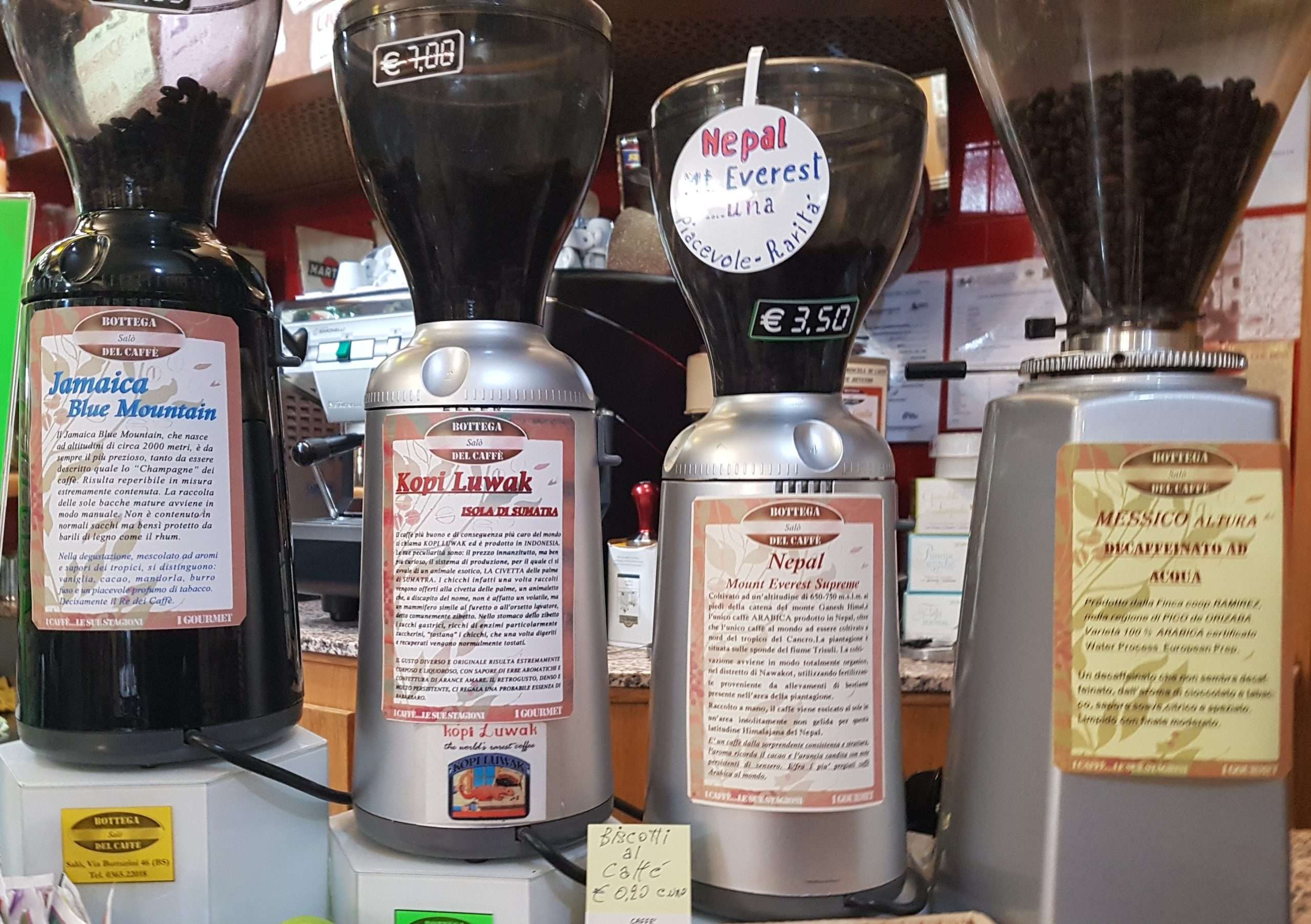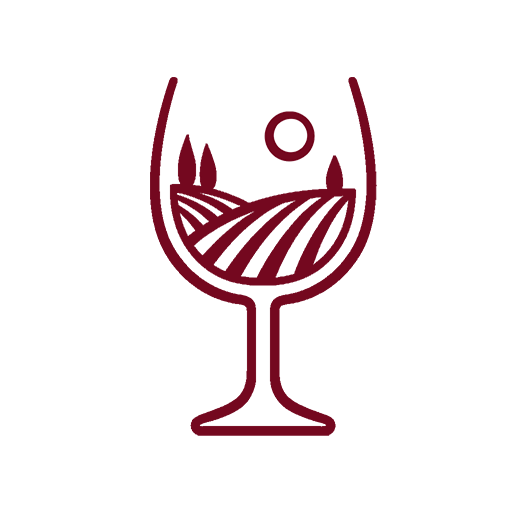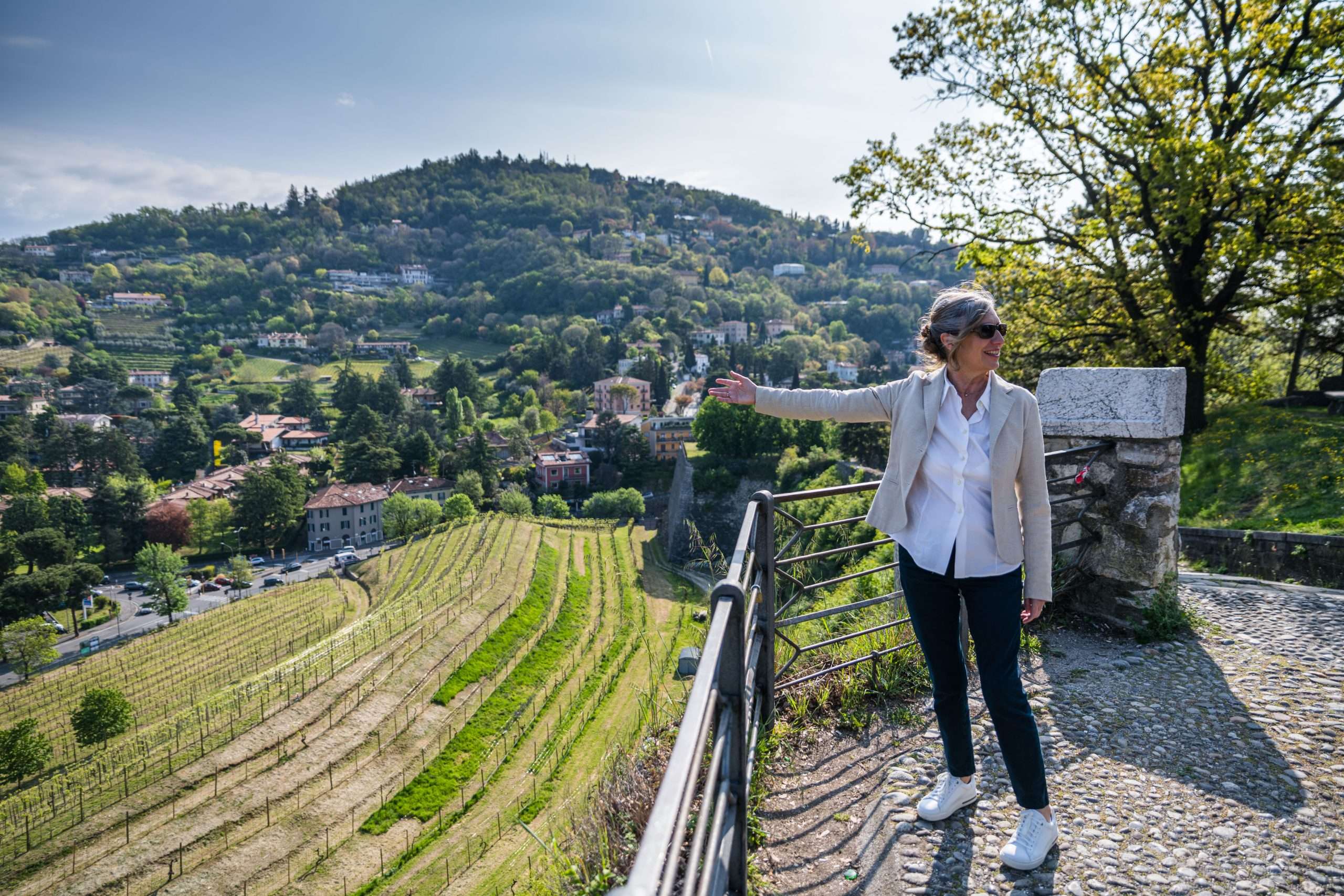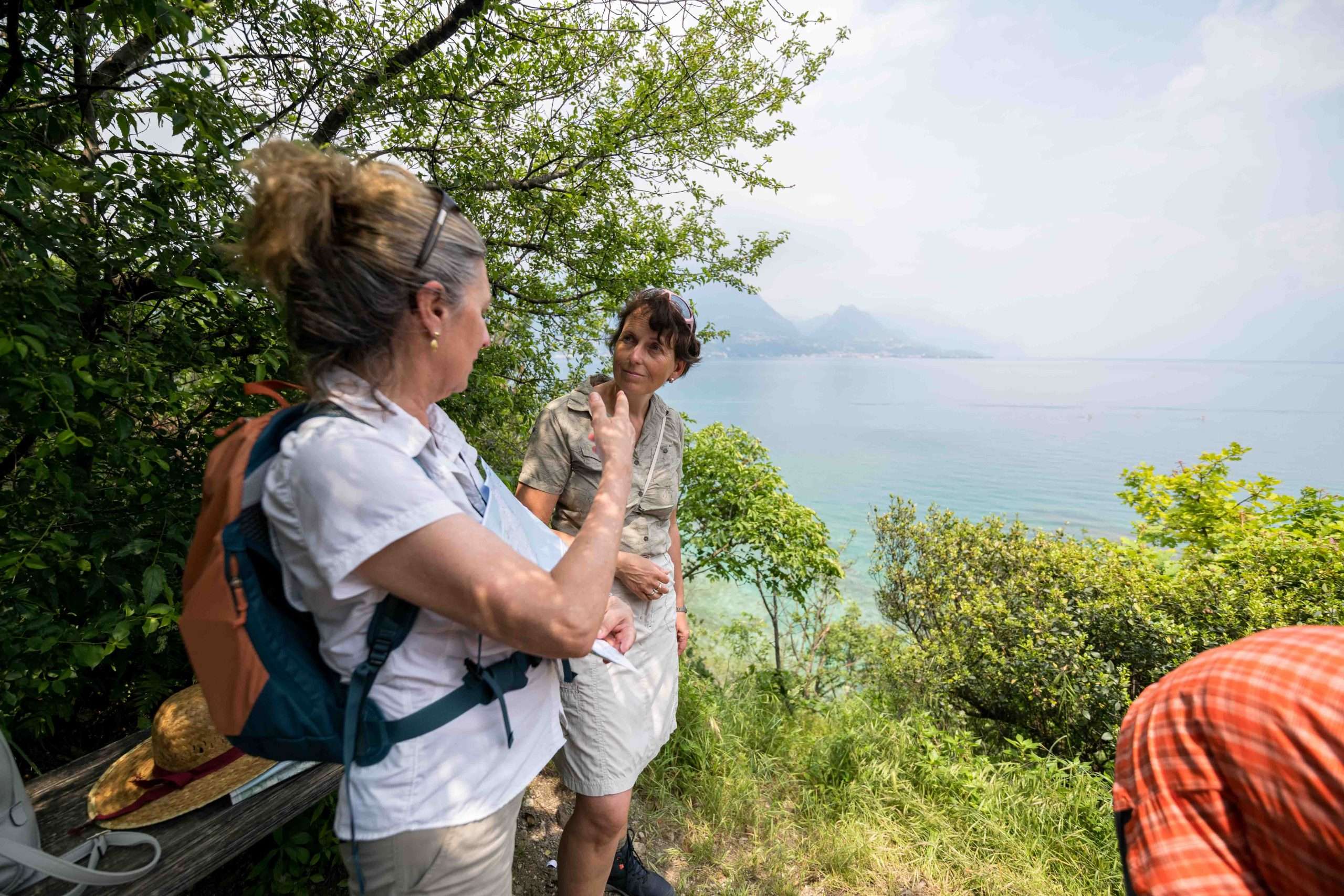
GLASSES AND CUPS: LOVE STORIES
Wine and coffee: what do they have in common? They certainly both occupy a place of honor on the table of Italian gourmets. Then the first is ‘local’ while the second arrived after the world exploration by Europeans. As consumers, we know little or nothing about the latter. But when passionate professionals are part of the story, every plot becomes compelling.
Precious beans that love the heat
The coffee plant is native to the equatorial belt, loves a warm, humid climate. It thrives where the temperature never drops below 20 degrees. The continents of origin are therefore Africa, Asia, and Central America. Each ‘origin’ determines specific characteristics in its fruits in terms of the aroma and structure of the coffee. The Robusta variety, the less valuable one, also grows in the plains. However, you find the best quality in plants grown above 800 m of altitude. The plant has the shape of a bush and produces beautiful red fruits the size of a cherry, the seed of which is our coffee bean. Predominantly it consists of 2 matching halves. But in some varieties, it also exists as a single grain named Caracolillo or Perla. The best value and quality is the Coffea Arabica, in turn, divided into four varieties: Moka, Typica, Bourbon, and Maragogype.

Quality is a puzzle
There are no quick answers for those who want to understand a world of details and infinite variables. Origin and variety are the criteria, but cultivation makes a huge difference, as per any species in the world. Great attention and care of the plants procure a substantial improvement in the quality of the product. One could also address the issue of ethics and the quality of work, mainly entrusted to women and children. A new different sensitivity begins to spread in the work system, generally carried out by women and children. Should this be just a marketing tool, then it would be welcome anyway. At present many coffee consumers are showing interest in work ethics in the world. On this point, it is right to give credit to the European Union, which has deemed it appropriate to invest in sustainable development projects in the cultivation of coffee in Ethiopia.

It’s good for the health – no, it hurts.
Having dealt with the ABCs of origin, the consumer wonders: what about caffeine? It may be good to know that high-quality coffee contains less caffeine. And decaffeinated coffee is not guaranteed to be more harmless than standard coffee. While the high segment market develops new “green methods” for caffeine extraction, the traditional extraction uses solvents. At this stage, you might have questions about the quality-price relationship. Once properly informed, you start considering that probably it worths spending a few euros more for an excellent quality coffee, maybe reducing the number of cups in a day.
Traveling to Europe
The dried coffee beans arrive in Europe in packs of about 60 kg. These bags guarantee their hygiene and healthiness. In turn, branded jute bags wrap the containers. They are marked to provide all the mandatory information for quality and traceability. Italian ports have been responsible for imported products to the whole continent for centuries. Recently, the city of Trieste and its port have become the leading square in Europe concerning the distribution of coffee. This result is due thanks to the professionalism of long-standing importers.
Make way for the engineers
There are moments of genius in Italian food and wine. They happen when the genius of the mechanical inventor decides to apply a physics process to food. From that moment. he devotes himself to inventing the new machine so that the raw material at its disposal improves its taste-olfactory characteristics qualitatively. The prototype of the first coffee machine was born in Turin at the end of the nineteenth century. It followed the stream of all the inventions of the second industrial revolution. The patent was then improved in Milan about 20 years later and finally found a new evolution in the 1930s in the machine we know for espresso in the bar.
By the way, let’s debunk the illusion that you can replicate the taste of the professional coffee through a modern capsule machine at home.
It is not just a technical or size issue. Quality also requires the system to be operational only if you prepare a certain number of cups.
Therefore, more than Italian coffee, it would be correct to speak of “Italian style coffee” understood as the process result and taste. The domestic version, which we affectionately call mocha, is also an invention of that period. Over time it has become an icon of the Italian lifestyle and sets us apart more than language or clothing.
I cannot fail to notice an extraordinary closeness with the inventions of Tank Method sparkling wine. It confirms, once again, that wine and coffee, in Italy, are parallel lives that meet at the table. The invention of the second fermentation in an autoclave to obtain sparkling wine happened in Asti thanks to Federico Martinotti in the same years. He had the intuition to employ ‘pressure’ as a tool to transform the raw material to improve its gustatory performance.
Coffee roasting
I deliberately reversed the sequence between roasting coffee and the espresso coffee invention. The two phases are strictly linked. The roasting of the coffee beans takes place in special machines. A hot air treatment causes the dehydration and caramelization of the sugars in the coffee bean, favoring the formation of the aromatic components. The process and the blend used significantly characterize the final quality of the coffee. Roasting also varies according to the machine used to prepare the drink. Even the grind of the coffee bean changes between the bar machine and the domestic coffee maker. As one of my Danish importers says, ‘Italy is all a matter of details’
Still in common
The story of this blog is the synthesis of a pleasant chat with Gerry and Fausto Saottini, whom I thank, in their “Bottega del Caffè” Micro Coffee Roaster in Salò. It is better to call it “boutique” for the exceptional offer of coffee that you can taste on the spot or take away. As it happens with wine, people make a difference. Curiosity, know-how, passion, and professionalism of reliable partners create the result, and you cannot reach this mix in one day. These people feel the mission to divulge their knowledge to any curious person who asks questions, confident that he will become an ambassador for quality. It is an act of trust towards the products “of the earth and man” that we taste and then disclose.

And now, let’s take a break! Would you prefer a coffee or a glass of wine?




Post a Comment
You must be logged in to post a comment.